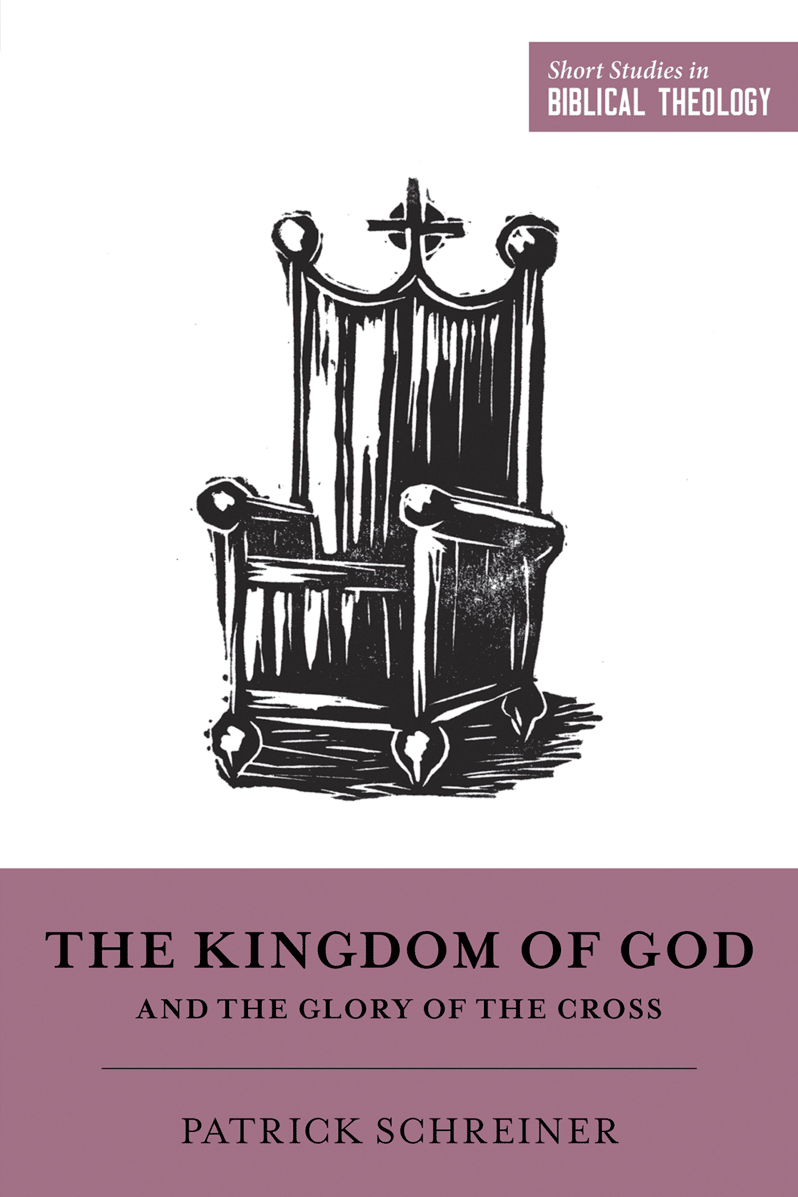CONCLUSION
Kingdom through Cross
God is King. Perhaps we are prone to think of God as friend, or Father, or as some impersonal force or mystical presence. However, kingship is the root metaphor for the Bible’s description of God. This metaphor brings coherence and unity to the rest of the metaphors.
Americans particularly have a hard time with this depiction, because we have rejected the monarchy in our governmental system. I was reminded of the importance of kingship in other nations when I watched the Netflix program The Crown, which chronicles the rise of Queen Elizabeth II. In one scene Queen Mary of Teck gives advice to the newly crowned Queen Elizabeth II about her divine calling. She says:
Monarchy is God’s sacred mission to grace and dignify the earth. To give ordinary people an ideal to strive towards, an example of nobility and duty to raise them in their wretched lives. Monarchy is a calling from God. That is why you are crowned in an abbey, not a government building. Why you are anointed, not appointed. It’s an archbishop that puts the crown on your head, not a minister or a public servant. Which means that you are answerable to God in your duty, not the public.
While modern governments don’t necessarily need to have a monarchy, the biblical story supports monarchy as God’s sacred mission. But if God has always been King, as the Bible claims, then how can kingship be his sacred mission?
The answer is provided through recognizing that God chose to exercise his kingship through his agents. Adam, Abraham, Isaac, and Jacob were to be his kings, but they all failed. So a new and true King is crowned. Through Jesus the Messiah, God reclaims his rule over Israel and the world. But God reclaims his rule paradoxically through the cross.
At times an emphasis on the kingdom displaces or at least shifts attention away from a theology of the cross. It seems that we are prone to speak either of the kingdom or of the cross, unintentionally driving a wedge between the two. However, it is precisely in Jesus’s announcement, “The kingdom of God is at hand,” that he presupposes the kingdom will be accomplished by his death. The kingdom is not a higher or more important theme than the cross. These two realities are forever joined; separating them is an act of violence.
If the kingdom is the goal, then the cross is the means. But this does not mean that the cross simply falls between the ages. Rather, it is the wheel that shifts one age into another; it is the great transition piece, the turn of the ages for the people of God seeking their place. Martin Luther said that the cross must be the test of everything, and that includes a biblical theology of the kingdom. Jesus becomes King through the cross. Two final reflections confirm this.
Blood on the Post
First, the cross is a picture of the new exodus. Rabbi Michael Goldberg calls the exodus a “master story” for Jews. It functions as a foundational and fundamental story through which they got their bearings on what God was doing in the world. If this is the case, then we must pause and ask ourselves what the exodus narrative teaches us about the nature of the kingdom. In other words, what happens when the Passover and exodus shape our view of the kingdom story?
The exodus was about the deliverance of the people of Israel from Egypt. They had been enslaved for four hundred years, and then God came to rescue them from the hands of their oppressors. God performed this action by many signs and wonders. The night of the Passover was the last plague, where the Lord showed that he was the one true God by slaying the firstborn of all the Egyptians. In so doing, Pharaoh, the god of Egypt, lost the one who was to inherit his throne.
But God protected his people and the inheritor to his throne by covering them in blood. If they spread blood over their doorposts, the angel of death would pass by them. The goal of this redemption from Egypt was that the people of God could go live in their land and worship God. If the exodus is a master narrative, then it is telling that it was about the power of God, meted out for his people, so they could enter their home. The exodus is an anticipatory act—a shadow—of the coming kingdom. But my focus is on how this redemption came about: blood-covered wood.
Although the Gospel writers don’t mention it, when Jesus was dangling on the cross, there must have been blood running down the beams from the lacerations on his back. Blood was a powerful symbol for Jews. At the first Passover, blood was spread over the posts of Israel’s doors in the land of Egypt so that the angel of death would pass by and let their firstborn children live. Blood and the exodus were allies. Christ’s bloody crucifixion, which took place on the week of Passover, is meant to recall the images and symbols of the exodus story. In the exodus, salvation came through death. So too entry into the new creation comes through blood on wood.
The New Testament authors, from the earliest moments, construed the death of Jesus as the new Passover—the new exodus. In 1 Corinthians 5:7–8 Paul says, “Christ, our Passover lamb, has been sacrificed” (ESV). All four Gospels set the passion narrative during the Passover feast.
And at the Last Supper Jesus says, “This cup that is poured out for you is the new covenant in my blood” (Luke 22:20 ESV). So when the earliest Christians interpreted Jesus’s death, they saw it through the lens of the exodus and the Passover. On the cross, Christ rescued them from death and delivered them from slavery. At the cross, the people of God were saved from death, delivered from their sins, and set on the path to return home to their place.
Just as the blood of the Passover lamb was the means of preserving his people from death and covering their sins, so the blood of Jesus on the wooden post rolled out the kingdom plan. On the cross the sign read, “The King of the Jews.” There the King was crowned in the most unexpected way.
The exodus and the Passover are the images that early Christian interpreters used to understand the cross. Jesus was enthroned on the cross, and it is only through the cross that the kingdom comes. If there had been no blood on the tree, there would be no kingdom. If there had been no death of the Messiah, there would be no deliverance.
As Augustine said, “The Lord has established his sovereignty from a tree. Who is it who fights with wood? Christ. From his cross he has conquered kings.”
The kingdom of God has been established through the cross of Christ by which Jesus’s reign is irreversibly fixed on earth as it is in heaven.






